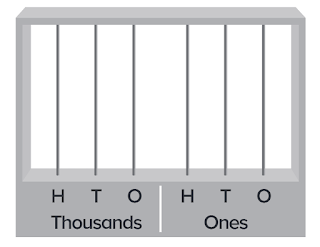This Three-Act Task comes from Janeal Maxfield. It is geared toward fifth grade standards, but the organization and process help to see how to give a task. Here is the link to the videos and acts.
Brownie Task Link
More tasks for all grade levels are found at
https://gfletchy.com/3-act-lessons/
Video Length: About 11 minutes
Thanks to Mrs. Ack for her fifth grade classroom!
Please comment, share, and ask questions by commenting below. You can even click on a reaction under the post. Watch with your team, a coach, or in the comfort of your own home.
Three-Act Task Recording Sheet 11x 17
Three-Act Task Recording Sheet Version 2
Three-Act Task Recording Sheet Version 3
Some questions to ponder and respond to in the comment section:
- What do you want to make sure to remember about the video?
- What might you want to try in your classroom?
- Did it reaffirm any of your practices?
- If this is similar to your structure, do you have anything to add?
- Are there pieces you would like to see more in depth?
- What questions do you have?
Observation Norms for the Blog:
- · Take a learning stance. We are not here to compare/compete/judge.
- · Maintain a positive attitude and respect for the teacher.
- · Ask questions and share ideas.
- · Remember, anything you post will be seen by all.
























